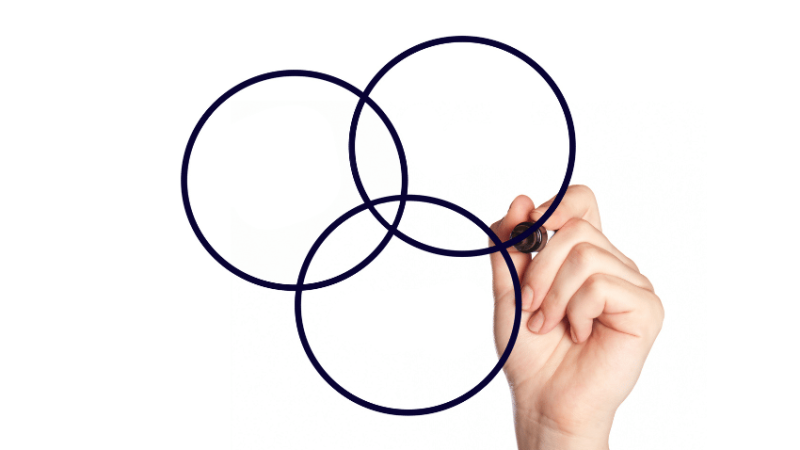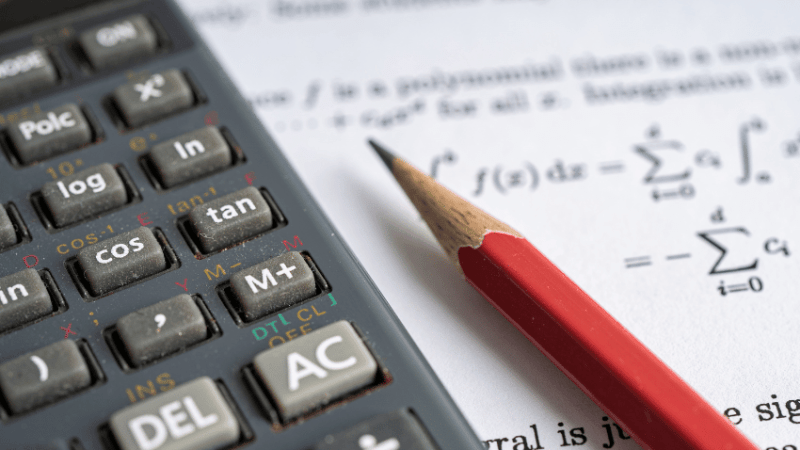Improve Your KS3 Maths Teaching By Developing An Understanding Of The Primary-Secondary Transition
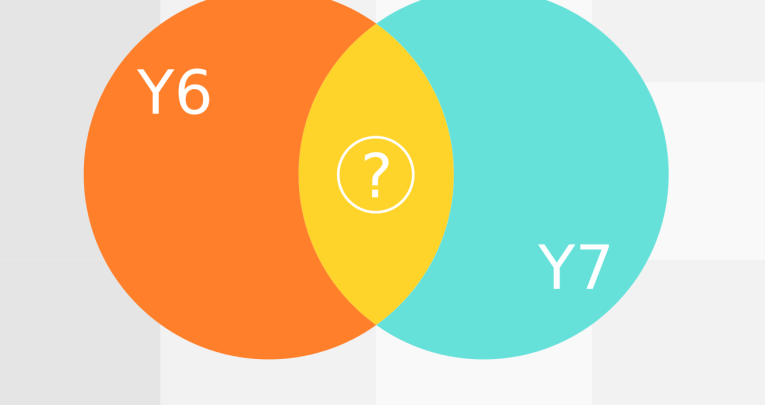
There's plenty of overlap between Year 6 and 7 maths, so if you don't know what topics your students have already covered you might be wasting valuable class time

- by Leanne Shaw
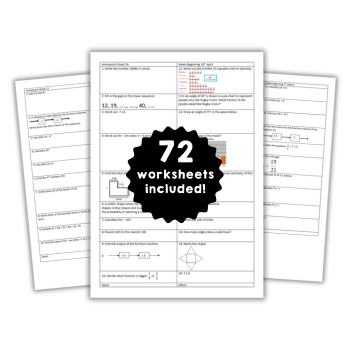
The main focus for maths teachers in recent years has undoubtedly been the new GCSEs.
My hope is that now these have been completed I can provide some thought on how to improve KS3 maths teaching by reducing the issues with transition from primary school.
I feel that I am quite well-informed with maths teaching, through reading blogs, actively using Twitter and listening to regular podcasts, but despite this, one thing that I never knew much about was the KS2 curriculum.
Many secondary schools use the Year 6 SATs purely for setting purposes – given that schools don’t yet know these new pupils well enough, this is often the easiest approach.
But beyond schools using SATs results to inform themselves of their incoming pupils’ abilities, little consideration is given to the actual content they will have covered in KS2. Often schemes of work are based purely on the KS3 curriculum, splitting all the statements up into topics and spreading them over the two- or three-year KS3 course.
Obviously the KS3 curriculum is based on the KS2 curriculum, but there is a huge amount of overlap of content. And since the details of this overlap is not widely known by secondary teachers, we risk spending equal time on topics which are essentially “revision” to Year 7 pupils (such as percentages of amounts) and topics not on the primary curriculum (such as probability and most aspects of statistics).
Maths homework worksheets
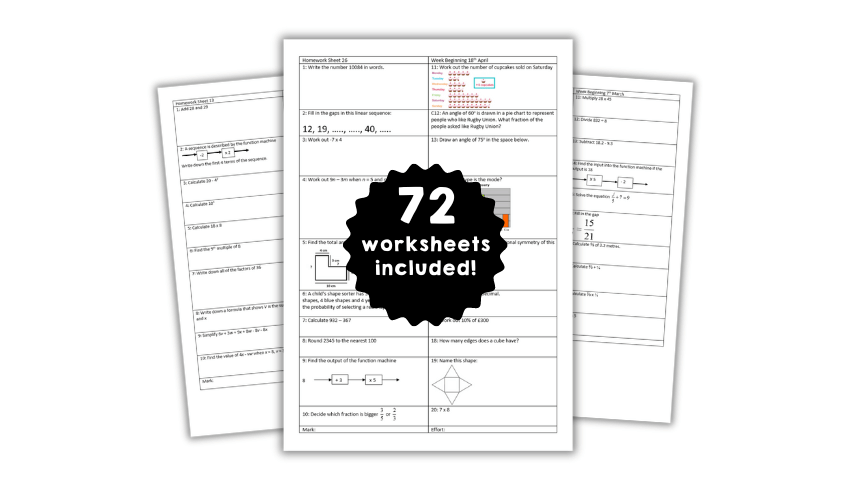
Help students practise their maths skills with these free maths homework question packs for Year 7, Year 8, Year 9 and GCSE maths.
A big worry for me currently is that when we spend a large proportion of Year 7 repeating content, pupils find that they can focus less in the lessons and still successfully complete the work, potentially causing them to lose engagement and enthusiasm, and possibly becoming overconfident, which can lead to problems later when they need to focus more to understand new topics.
At the same time, I know that I, and many other maths teachers, complain about pupils having forgotten “basic” skills such as times table recall and naming shapes, and this is often seen as a reason to continue covering topics in which they were previously confident. Nevertheless, I think that this could be avoided somewhat if we were to build rapid recall of quick facts and methods into our KS3 lessons.
Trending
Having spoken to primary teachers, they often spend around 10 minutes each lesson for pupils to recall times tables and other key skills with good results – I think that this is something worth trialling in secondary schools to see if it improves retention. It is important to remember that having the ability to recall key information is not often a focus in early secondary education in the same way that it is at primary school, resulting in pupils losing this essential skill.
I believe that there is a wealth of good teaching ideas that secondary teachers can learn from their primary counterparts (and vice versa). When discussing this with primary teachers, it was clear that the lesson time, usually 45-60 mins per day, was clearly thought out in order to make it as effective and efficient as possible, and to maximise the impact of teacher (and teaching assistant) time in a mixed-ability class.
Lessons often include a 10-minute recall activity, again based on key skills or topics covered within the last two weeks. They managed mixed-ability classes well, splitting the class into attainment groups (in most, but not all, lessons) and allowing these groups to have a carousel of teacher, teaching assistant and independent work time so that all pupils are given more targeted teacher support and all abilities can be challenged at the same time.
I think that it would be hugely beneficial for staff to visit some of their feeder primaries (or perhaps allow their primary liaison/transition workers to provide departmental training on what they have seen) and find out what the Year 6 pupils are being taught and how teachers are covering it.
After researching and writing this blog, it has made me aware of the vast amount of the KS3 curriculum that our pupils have already covered at primary school, and I encourage you to read through the Year 6 pages of the primary curriculum to help with your Year 7 planning.
I will certainly be introducing more recall-based activities into my KS3 lessons which I believe will allow the pupils to make progress more rapidly since they will not need reminding of the basic key facts that they should already know.
Leanne Shaw is a maths teacher and blogger. You can find her at mathsproblemsolving.wordpress.com and follow her on Twitter at @leanneshawahs.





